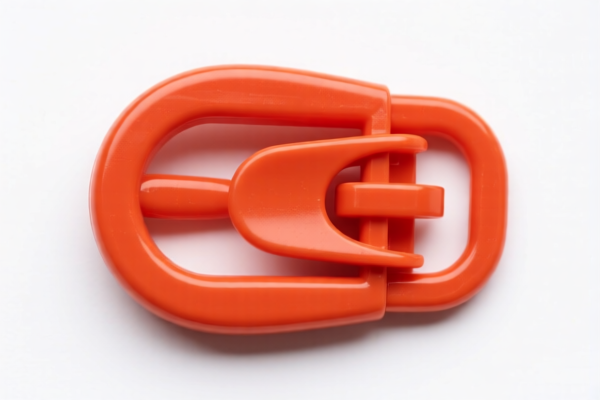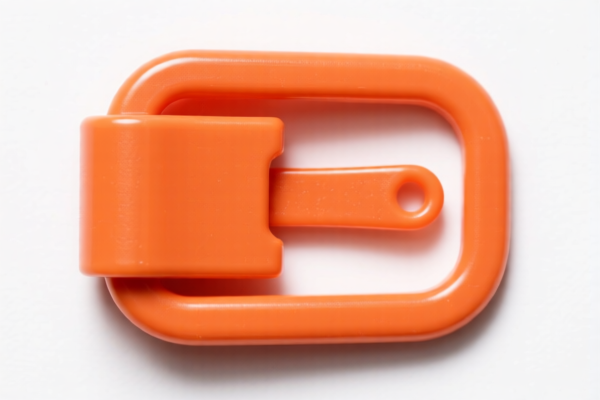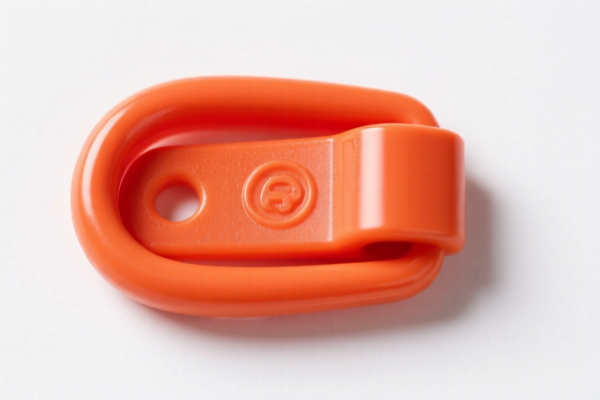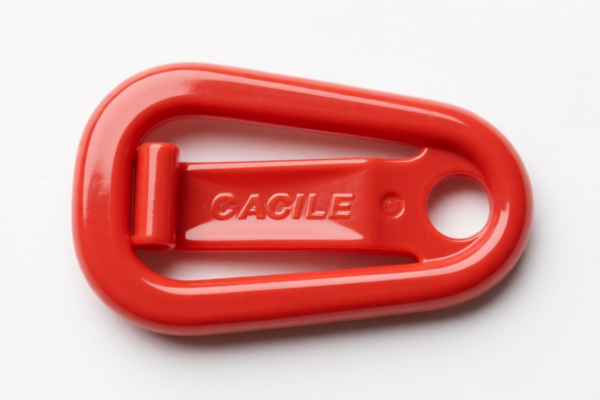| HS Code | Official Doc | Tariff Rate | Origin | Destination | Effective Date |
|---|---|---|---|---|---|
| 3926902500 | Doc | 44.0% | CN | US | 2025-05-12 |
| 3926908500 | Doc | 44.0% | CN | US | 2025-05-12 |
| 3923900080 | Doc | 58.0% | CN | US | 2025-05-12 |
| 8308909000 | Doc | 57.7% | CN | US | 2025-05-12 |
| 8308906000 | Doc | 58.9% | CN | US | 2025-05-12 |
| 8301500000 | Doc | 40.6% | CN | US | 2025-05-12 |
| 9606216000 | Doc | 59.7% | CN | US | 2025-05-12 |
| 9606220000 | Doc | 55.0% | CN | US | 2025-05-12 |
| 9607190020 | Doc | 68.0% | CN | US | 2025-05-12 |
| 9607190060 | Doc | 68.0% | CN | US | 2025-05-12 |




Plastic Buckle
A plastic buckle is a fastening component commonly used to secure two ends of webbing, straps, or other materials. It provides a convenient and adjustable method for joining and releasing materials without the need for sewing, tying, or more complex hardware.
Material
Plastic buckles are, as the name suggests, primarily manufactured from various types of plastic polymers. Common materials include:
- Polypropylene (PP): A widely used, economical plastic known for its good chemical resistance and strength. Often used for general-purpose buckles.
- Polyacetal (POM): Also known as Delrin, this plastic offers high strength, stiffness, and low friction, making it suitable for applications requiring durability and smooth operation.
- Nylon (PA6, PA66): A strong and resilient plastic with good abrasion resistance. Frequently used in heavy-duty applications like backpacks and safety equipment.
- ABS: A tough and impact-resistant plastic, often used for decorative or lower-stress applications.
Purpose
The primary purpose of a plastic buckle is to provide a secure, adjustable, and reusable fastening solution. They offer an alternative to traditional methods like knots, buttons, or zippers.
Function
Buckles function by utilizing a mechanism to grip and hold the webbing or strap in place. The most common mechanisms involve:
- Side Release Buckles: These consist of two interlocking parts – a male and a female component. The webbing is threaded through both parts, and they are snapped together to secure the fastening. Releasing involves squeezing the sides of the female component to disengage the male part.
- Tri-Glide Buckles: These have a sliding bar that allows the webbing to be adjusted. They are often used in conjunction with other buckles or as part of a larger fastening system.
- Ladder Buckles: Feature a series of rungs that allow for precise adjustment of the webbing length. Commonly found on straps for backpacks or clothing.
- Cam Buckles: Use a lever-actuated cam to tighten and secure the webbing. These are typically used for applications requiring high clamping force, such as tie-down straps.
Usage Scenarios
Plastic buckles are employed across a wide range of applications, including:
- Clothing & Accessories: Backpacks, belts, purses, life vests, raincoats, and other apparel items.
- Sports & Outdoors: Helmets, life jackets, camping gear, climbing harnesses, and kayak straps.
- Industrial & Safety: Tie-down straps, cargo securing, safety harnesses, and medical devices.
- Pet Supplies: Dog collars, leashes, and pet carriers.
- Automotive: Securing cargo and components.
Common Types
- Side Release Buckles: The most common type, available in various sizes and configurations.
- Tri-Glide Buckles: Used for adjusting strap length.
- Ladder Buckles: Allow for precise adjustment.
- Cam Buckles: Provide high clamping force for tie-down applications.
- Quick Release Buckles: Designed for rapid detachment in emergency situations.
- Dual Adjustment Buckles: Combine side release and tri-glide functionality for enhanced adjustability.
- Contoured Buckles: Shaped for comfort and ergonomic use.
Plastic buckles can fall under several HS code classifications depending on their specific features and applications. Here's a breakdown of relevant codes based on the provided information:
-
3926902500: This code covers “Other articles of plastics and articles of other materials of headings 3901 to 3914: Other: Handles and knobs, not elsewhere specified or included, of plastics”. While primarily for handles and knobs, buckles could be included if they function similarly and are made of plastic. The total tax rate is 44.0%, comprised of a 6.5% base tariff, a 7.5% additional tariff, and a 30.0% additional tariff effective after April 2, 2025.
-
8308909000: This code covers “Clasps, frames with clasps, buckles, buckle-clasps, hooks, eyes, eyelets and the like, of base metal, of a kind used for clothing or clothing accessories, footwear, jewelry, wrist watches, books, awnings, leather goods, travel goods or saddlery or for other made up articles; tubular or bifurcated rivets, of base metal: Other, including parts: Other”. If the plastic buckle is considered a clasp or buckle used in any of the listed applications and is not specifically covered elsewhere, this code may apply. The total tax rate is 57.7%, consisting of a 2.7% base tariff, a 25.0% additional tariff, and a 30.0% additional tariff effective after April 2, 2025.
-
8308906000: This code covers “Clasps, frames with clasps, buckles, buckle-clasps, hooks, eyes, eyelets and the like, of base metal, of a kind used for clothing or clothing accessories, footwear, jewelry, wrist watches, books, awnings, leather goods, travel goods or saddlery or for other made up articles; tubular or bifurcated rivets, of base metal; beads and spangles, of base metal: Other, including parts: Buckles and buckle clasps, and parts thereof”. If the buckle is specifically identified as a buckle or buckle clasp and is made of base metal, this code is applicable. The total tax rate is 58.9%, comprised of a 3.9% base tariff, a 25.0% additional tariff, and a 30.0% additional tariff effective after April 2, 2025.
-
9606216000: This code covers “Buttons, press-fasteners, snap-fasteners and press-studs, button molds and other parts of these articles; button blanks: Buttons: Of plastics, not covered with textile material: Other”. If the plastic buckle is functionally similar to a button and is not covered with textile material, this code could be considered. The total tax rate is 59.7%, consisting of a 4.7% base tariff, a 25.0% additional tariff, and a 30.0% additional tariff effective after April 2, 2025.
It is important to note that the classification depends on the material composition and intended use of the buckle. If the buckle is made of base metal, codes 8308909000 or 8308906000 are more appropriate. If it is made of plastic and functions like a button, 9606216000 may be suitable. If it's a simple handle-like plastic buckle, 3926902500 could apply.
Customer Reviews
No reviews yet.